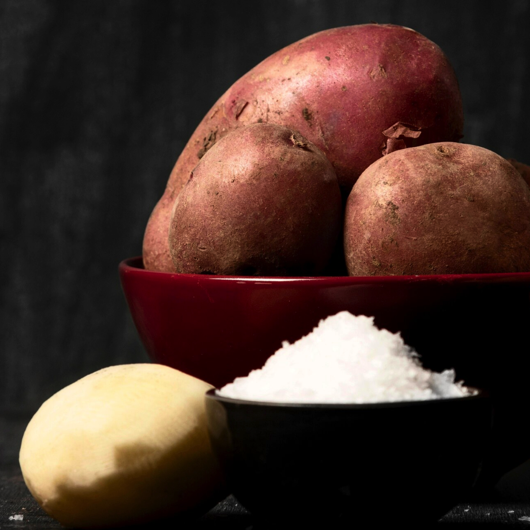Potato powdery scab segmentation using improved GrabCut algorithm

Published: 9 May 2024
Abstract Views: 160
PDF: 116
Publisher's note
All claims expressed in this article are solely those of the authors and do not necessarily represent those of their affiliated organizations, or those of the publisher, the editors and the reviewers. Any product that may be evaluated in this article or claim that may be made by its manufacturer is not guaranteed or endorsed by the publisher.
All claims expressed in this article are solely those of the authors and do not necessarily represent those of their affiliated organizations, or those of the publisher, the editors and the reviewers. Any product that may be evaluated in this article or claim that may be made by its manufacturer is not guaranteed or endorsed by the publisher.
Similar Articles
- Andrea Rosario Proto, Alois Skoupy, Giorgio Macri, Giuseppe Zimbalatti, Time consumption and productivity of a medium size mobile tower yarder in downhill and uphill configurations: a case study in Czech Republic , Journal of Agricultural Engineering: Vol. 47 No. 4 (2016)
- Pietro Catania, Filippa Bono, Claudio De Pasquale, Mariangela Vallone, Closed tank pneumatic press application to improve Sauvignon Blanc wine quality and nutraceutical properties , Journal of Agricultural Engineering: Vol. 50 No. 4 (2019)
- Fabiana Convertino, Ileana Blanco, Evelia Schettini, Giuliano Vox, A nature-based system for improving Mediterranean buildings’ performance: contribution to energy saving by heat transfer reduction and influence of climatic parameters , Journal of Agricultural Engineering: Vol. 54 No. 3 (2023)
- Bhola Paudel, Jayanta Kumar Basak, Seong Woo Jeon, Nibas Chandra Deb, Sijan Karki, Hyeon Tae Kim, Development and field testing of biodegradable seedling plug-tray cutting mechanism for automated vegetable transplanter , Journal of Agricultural Engineering: Vol. 55 No. 2 (2024)
- Pietro Catania, Mariangela Vallone, Felice Pipitone, ANALYSIS OF THE MAIN FACTORS INFLUENCING THE QUALITY OF WINE FROM MECHANICALLY HARVESTED GRAPES , Journal of Agricultural Engineering: Vol. 40 No. 4 (2009)
- Roberto Romaniello, Alessandro Leone, Giorgio Peri, Measurement of food colour in L*a*b* units from RGB digital image using least squares support vector machine regression , Journal of Agricultural Engineering: Vol. 46 No. 4 (2015)
- Ileana Blanco, Evelia Schettini, Giacomo Scarascia Mugnozza, Giuliano Vox, Thermal behaviour of green façades in summer , Journal of Agricultural Engineering: Vol. 49 No. 3 (2018)
- Alessandro Benelli, Chiara Cevoli, Angelo Fabbri, Luigi Ragni, Hyperspectral imaging to measure apricot attributes during storage , Journal of Agricultural Engineering: Vol. 53 No. 2 (2022)
- Shanwen Zhang, Yongyuan Sun, Su Lu, Li Wang, Sian Liu, Zhongliu Wang, Min Dai, Jicheng Gao, Hong Miao, Design and experiment of brush-roller ginkgo leaf picker for the dwarf dense planting mode , Journal of Agricultural Engineering: Vol. 54 No. 4 (2023)
- Sara Ferrari, Mitchell Silva, Vittorio Sala, Daniel Berckmans, Marcella Guarino, BIOACOUSTICS: A TOOL FOR DIAGNOSIS OF RESPIRATORY PATHOLOGIES IN PIG FARMS , Journal of Agricultural Engineering: Vol. 40 No. 1 (2009)
<< < 15 16 17 18 19 20 21 22 23 24 > >>
You may also start an advanced similarity search for this article.

 https://doi.org/10.4081/jae.2024.1585
https://doi.org/10.4081/jae.2024.1585







